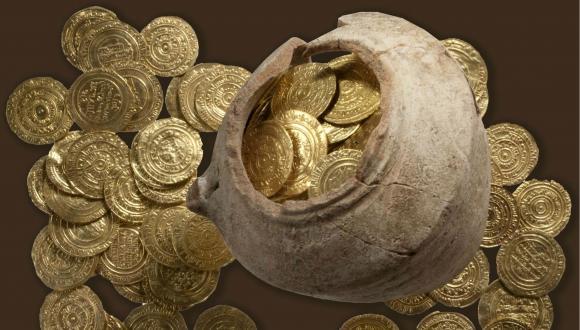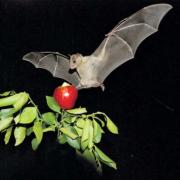TAU Archeologists Find Crusader Gold at Apollonia Fortress
Tel Aviv University archeology student finds the largest gold cache ever discovered in Israel.
Two weeks ago one of the largest gold caches ever discovered in Israel was dug up at the Apollonia National Park by a joint team of archeologists from Tel Aviv University and the Nature and Parks Authority. The treasure was first located by Mati Johananoff, a student of the Jacob M. Alkow Department of Archeology and Ancient Near Eastern Cultures at Tel Aviv University, hidden in a potsherd under the tiles in one of the rooms of the fortress.
The fortress and the city beside it were once ruled by the Knights Hospitaller and were one of the most important strategic sites in crusader possession in the area. In the 13th century the stronghold was captured by a Mamluk Sultan and the area has remained an uninhabited ruin ever since. Archeologists now hope digs at the site will help shed light on the last days of the fortress and the crusaders inhabiting it before the siege proved successful and the castle was abandoned.
Initial Estimate: Worth Over $100,000
The cache contains over 400 grams of gold overall, consisting of 108 gold coins which were minted in Egypt hundreds of years before making their way to the fortress. According to Professor Oren Tal of Tel Aviv University, head of the Apollonia digging team, two gold coins from the cache would have been enough to sustain an entire family for one month. In accordance with this experts estimate the value of the treasure to be in the vicinity of $100,000 in today's US dollars.
According to Prof. Tal it's likely the stash was hidden by one of the crusader leaders who wanted to conceal it from the invading Muslims and intended to come back for it some day. It was most likely hidden in a broken pot and covered with sand and earth to ensure the Mamluks disregarded it; a strategy that seems to have remained effective for the better part of 700 years.
Tel Aviv University offers international students a variety of English language programs including an International MA Program in Archeology.






